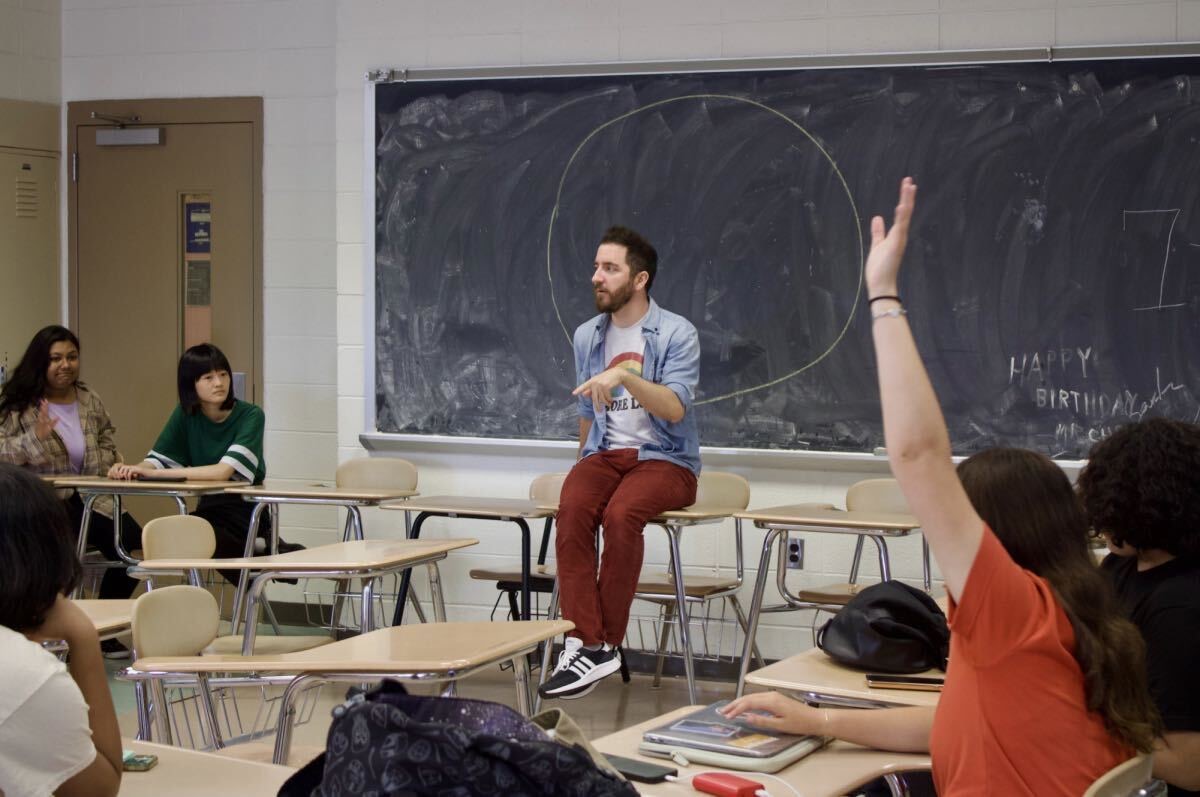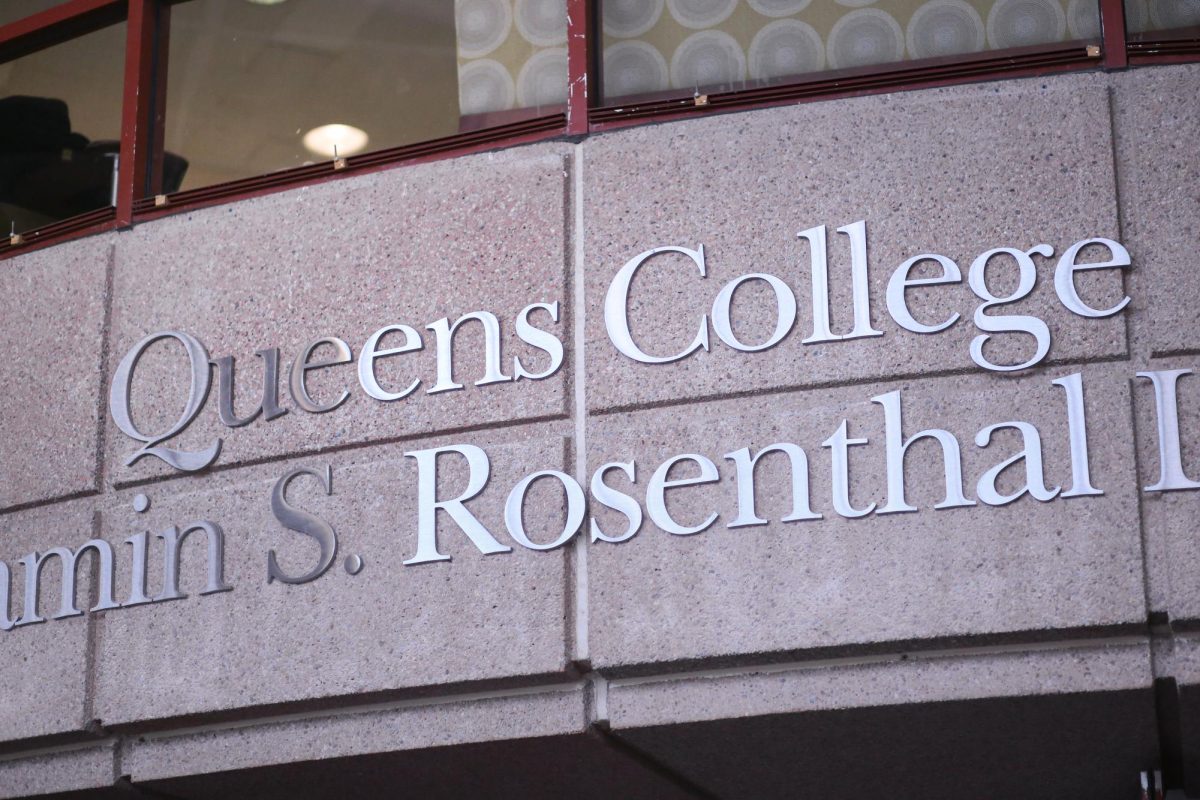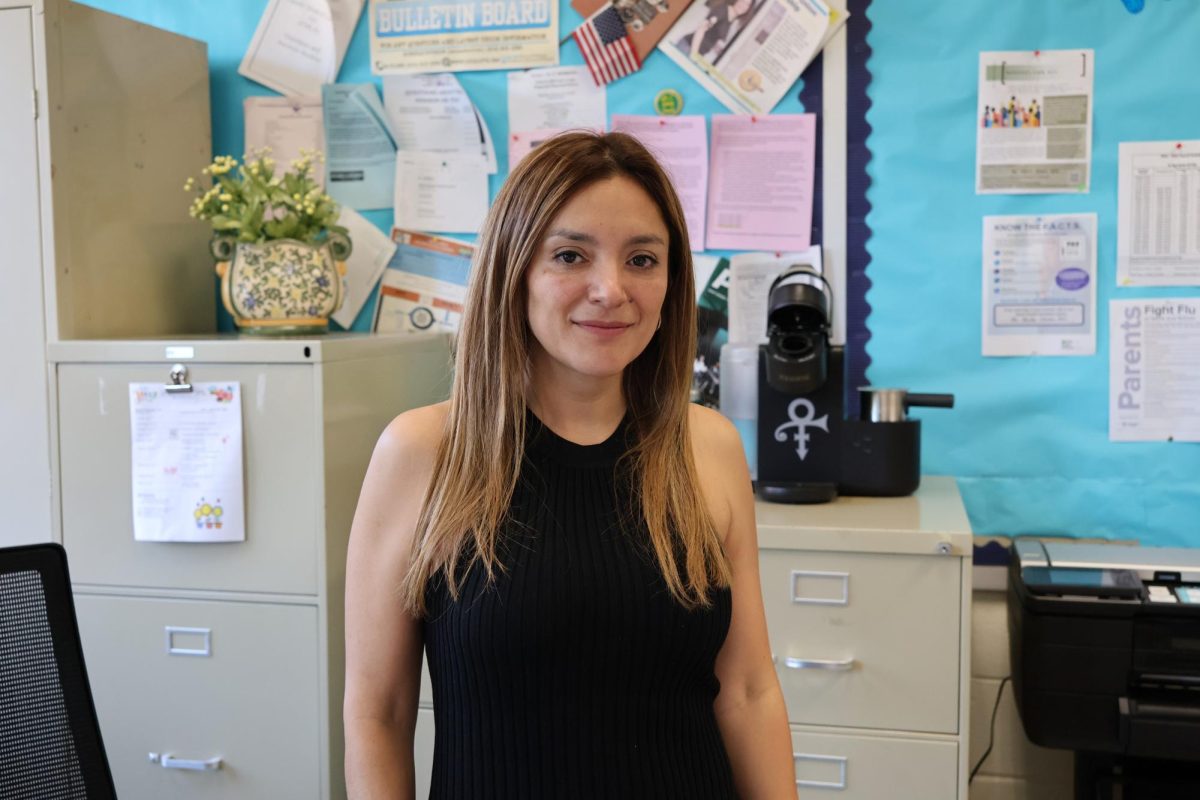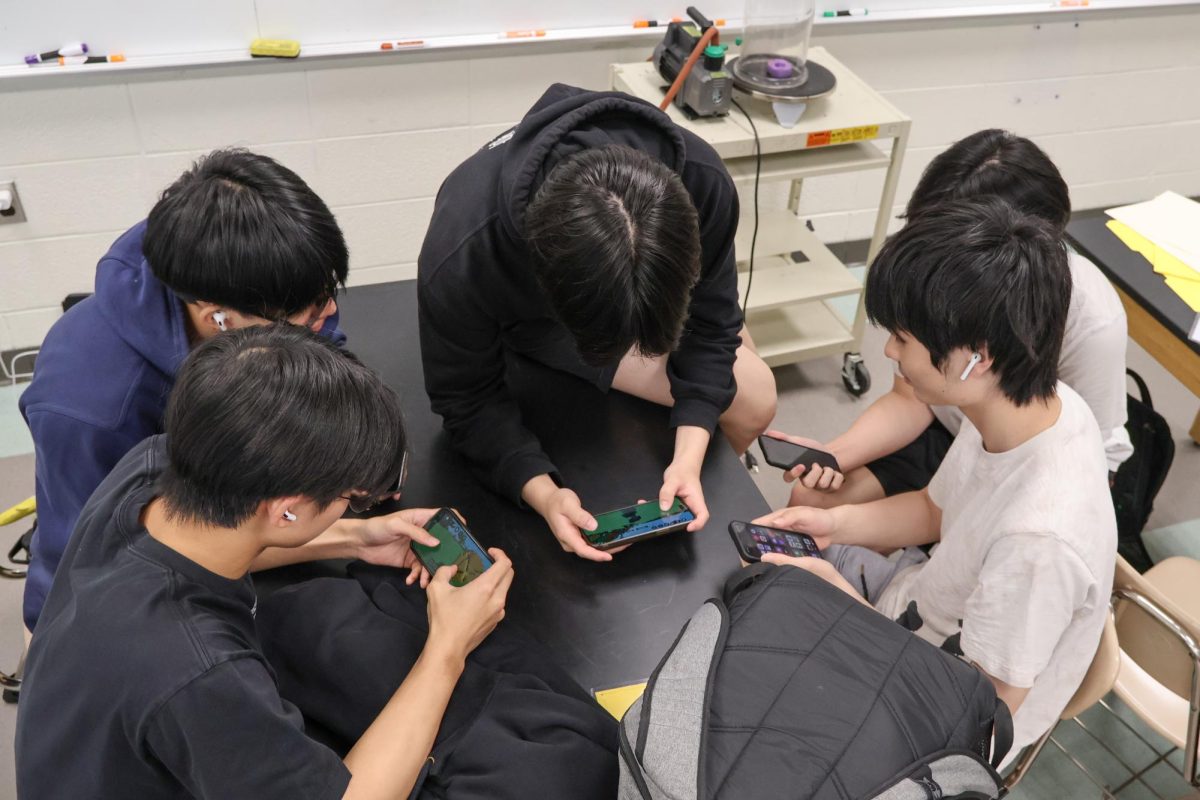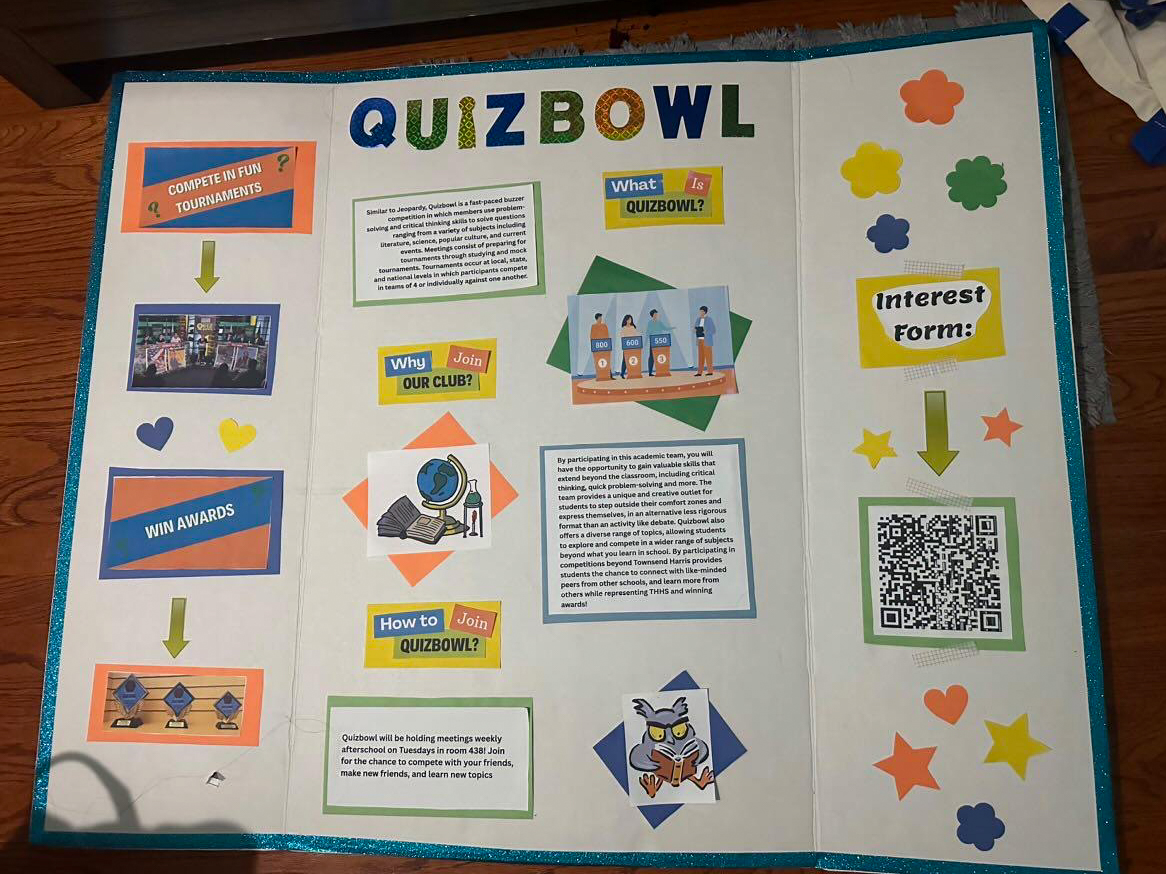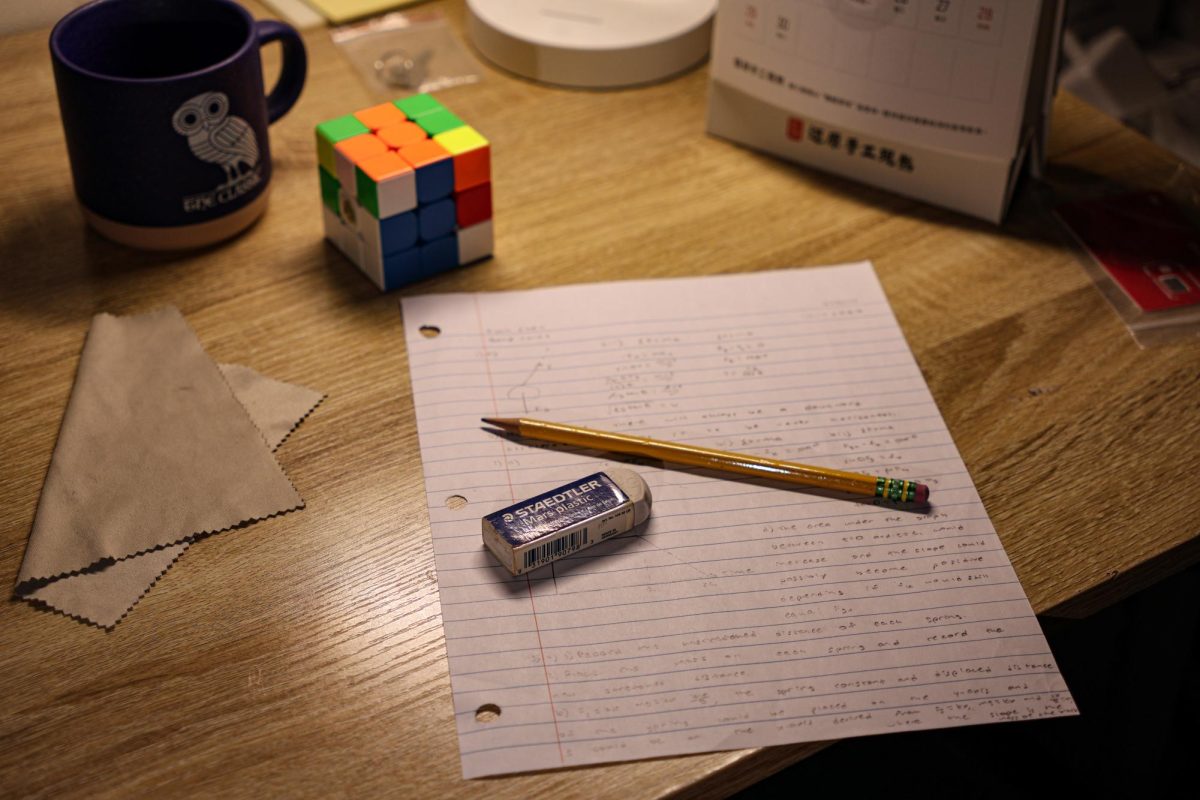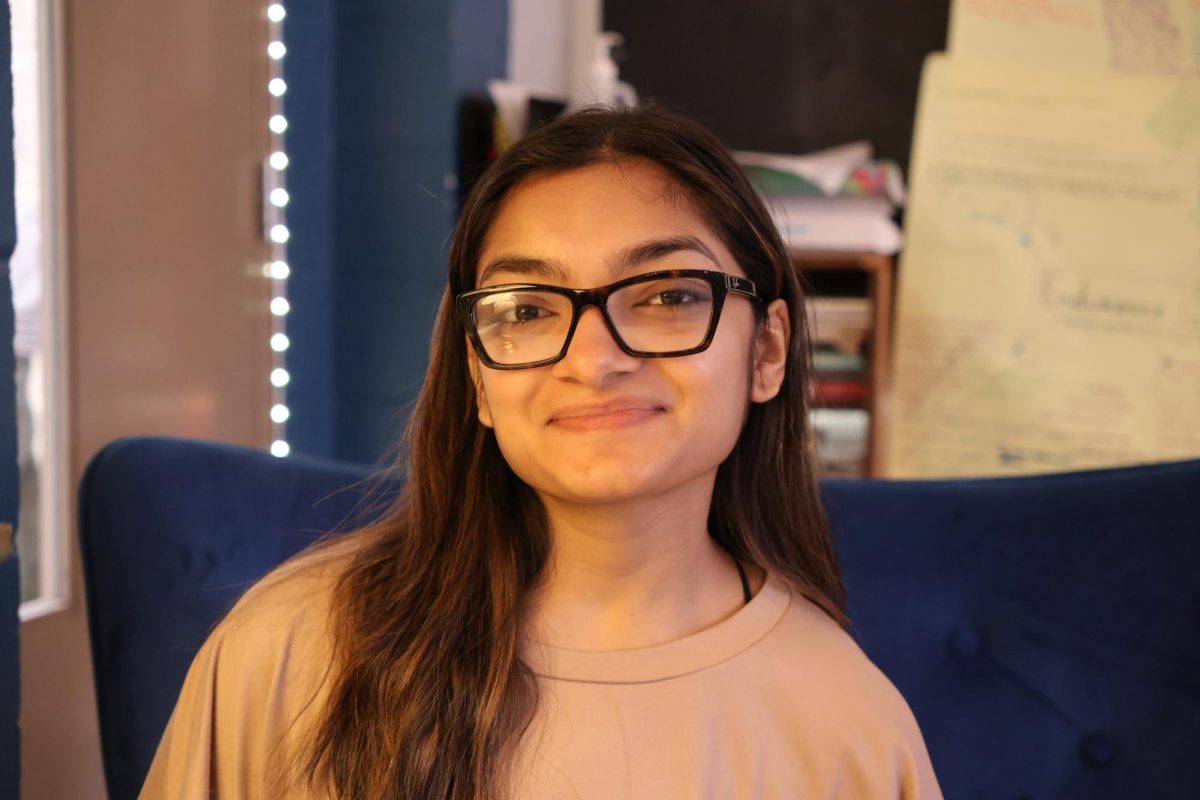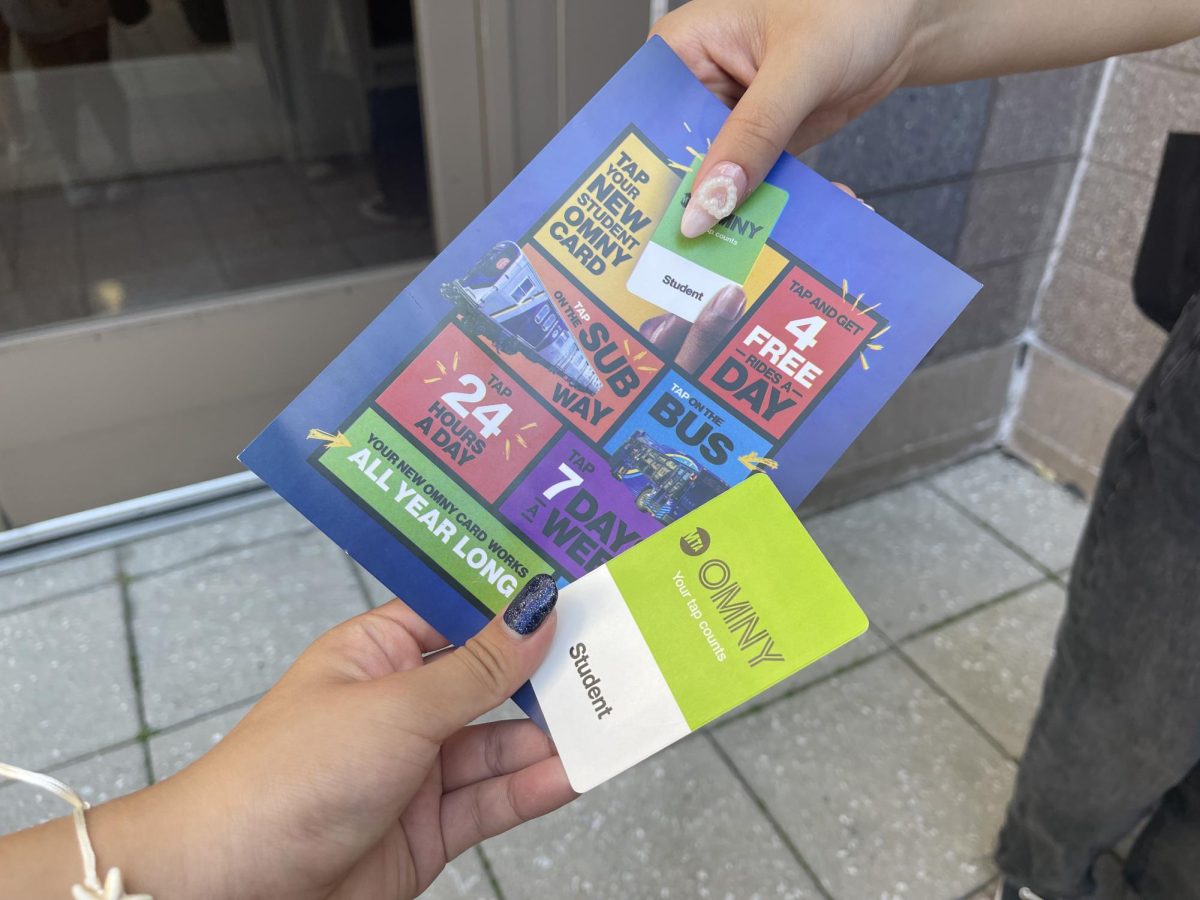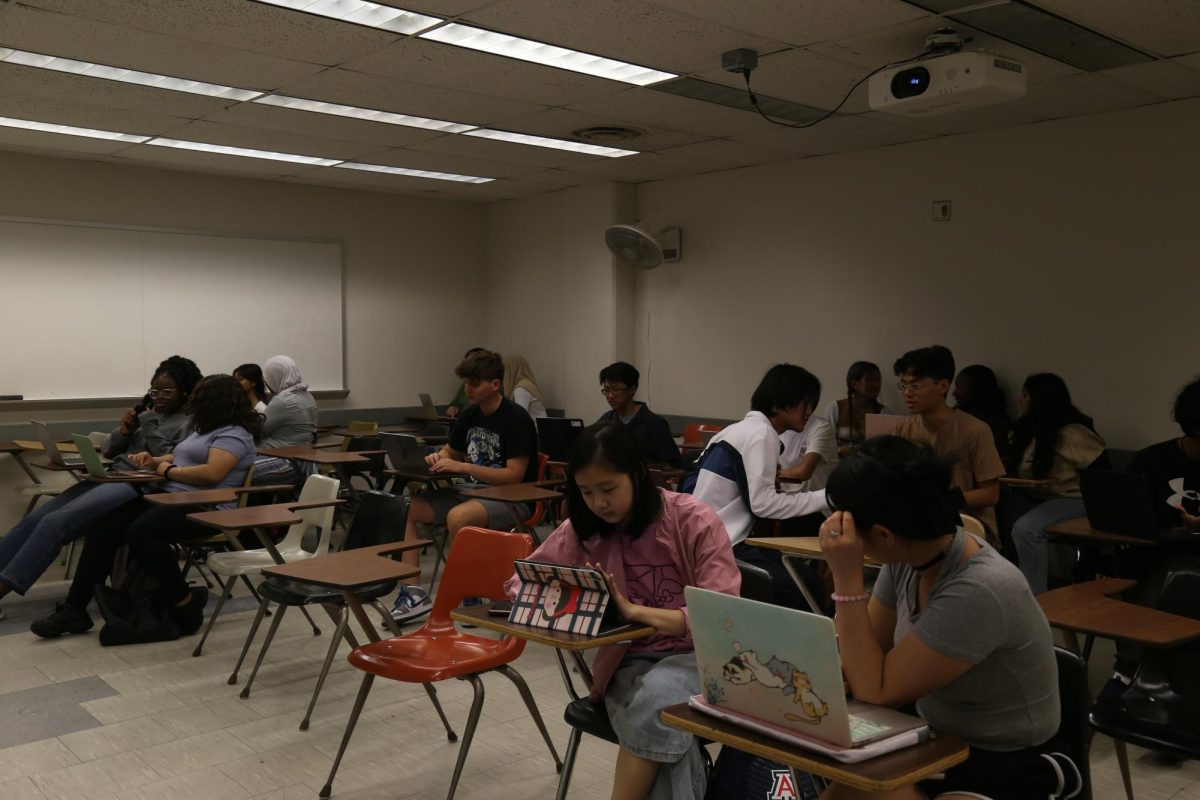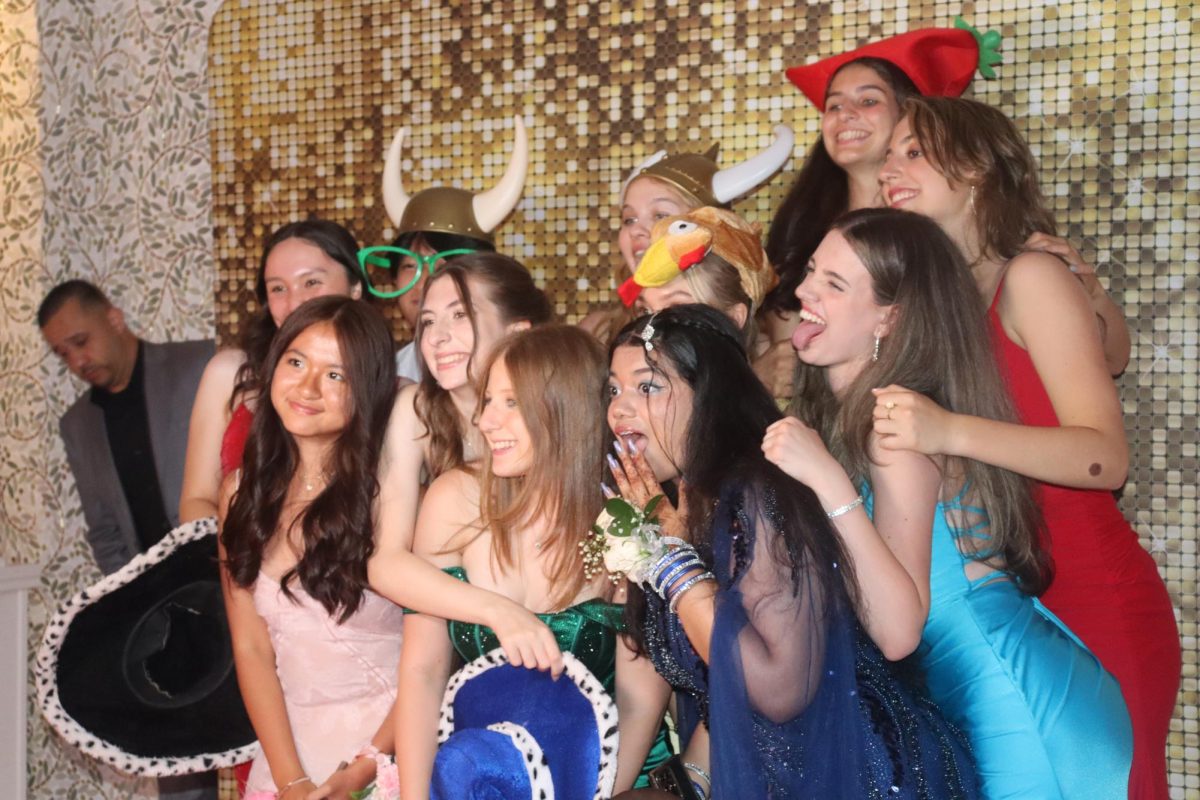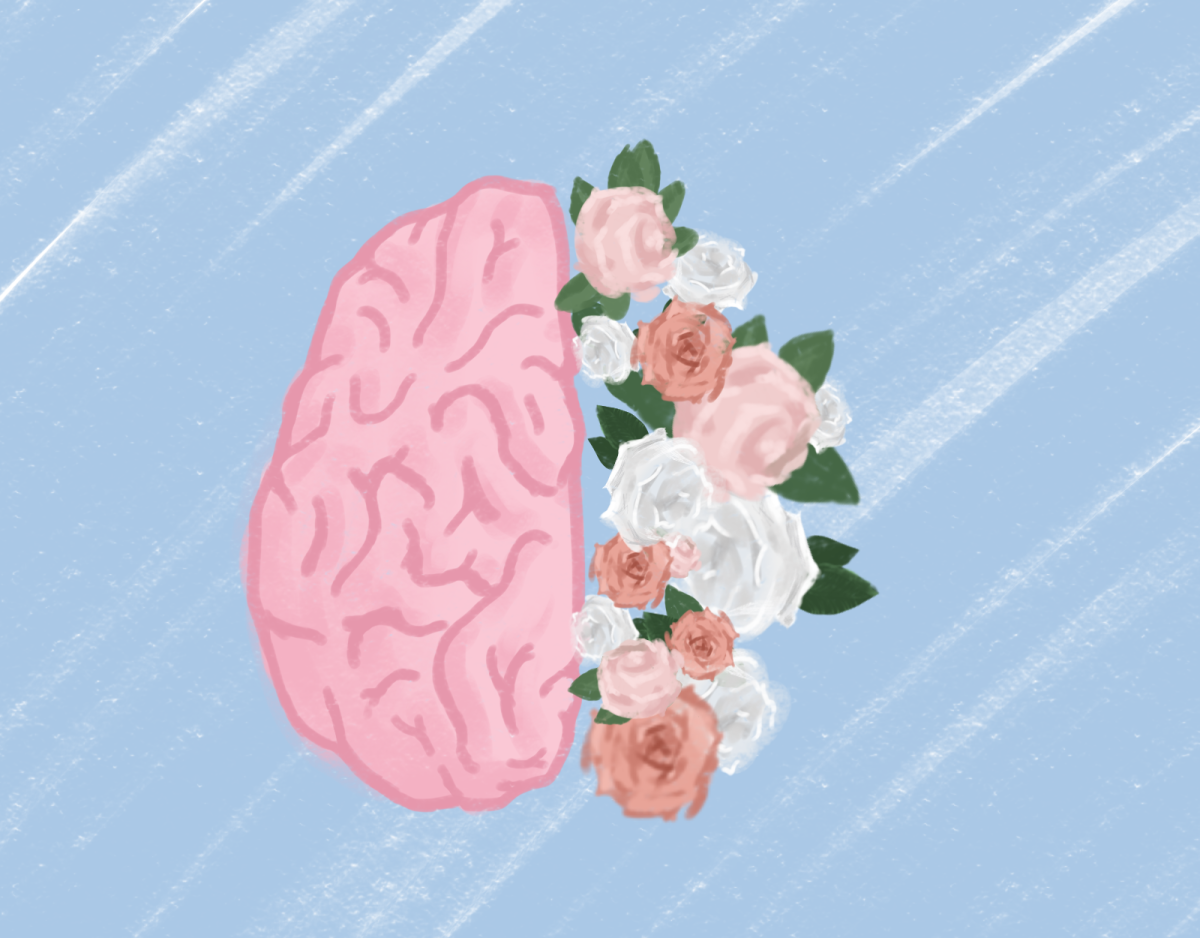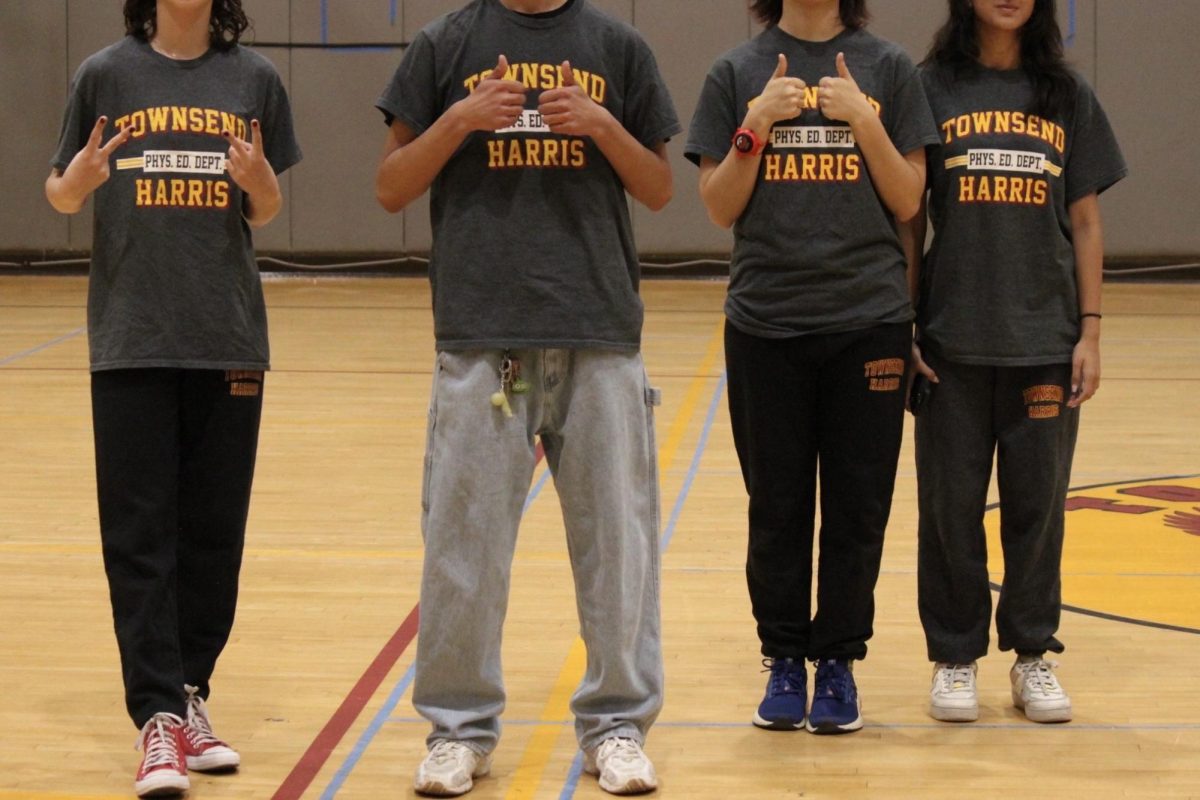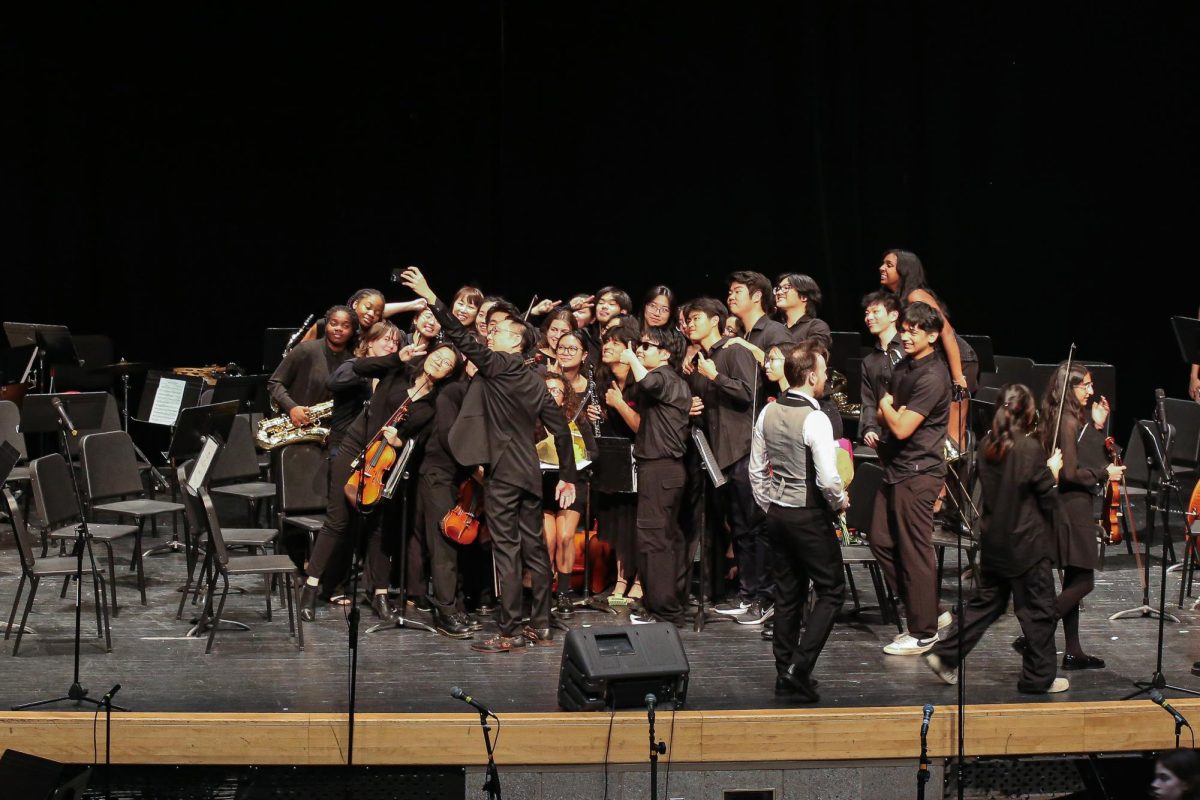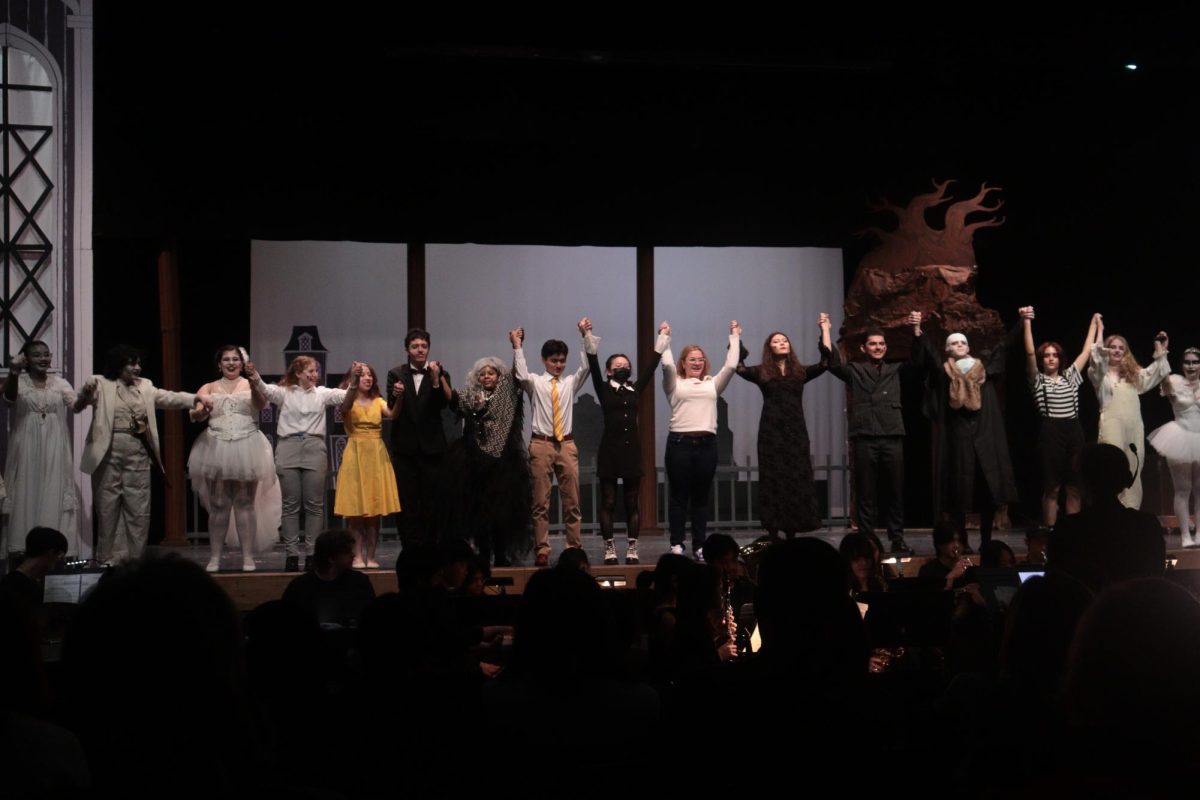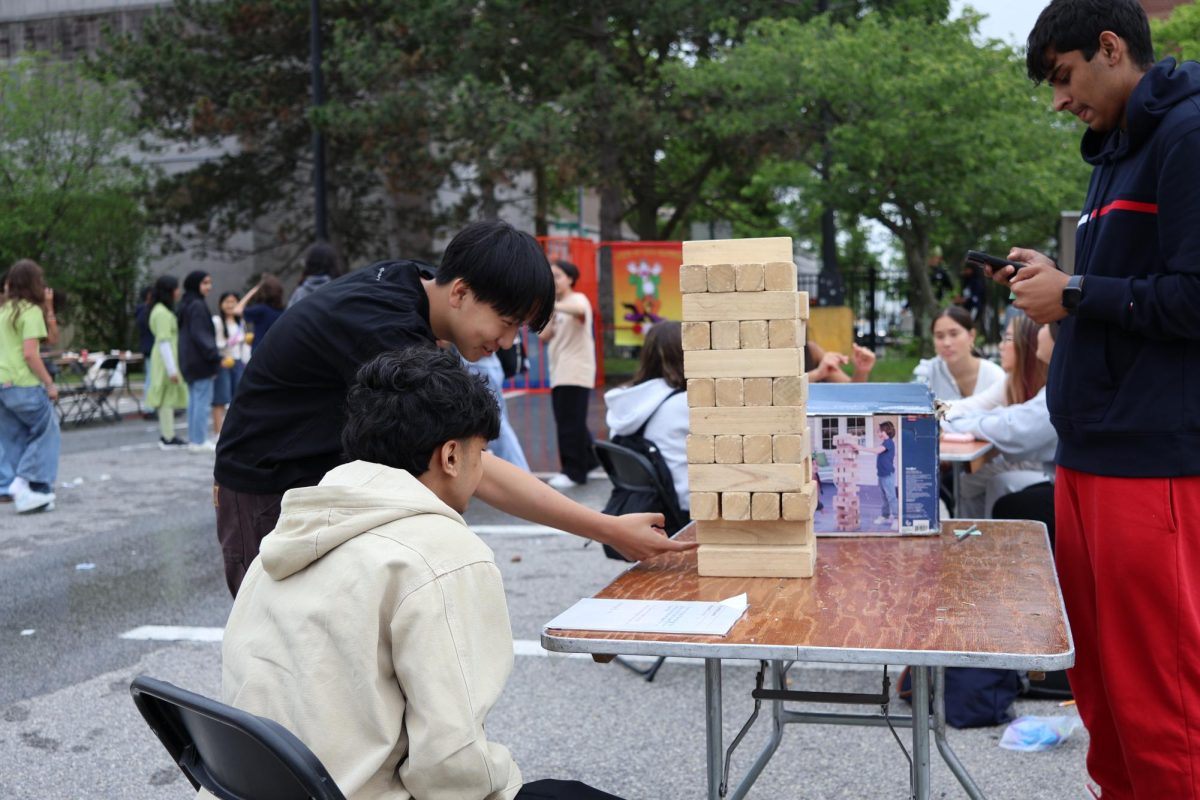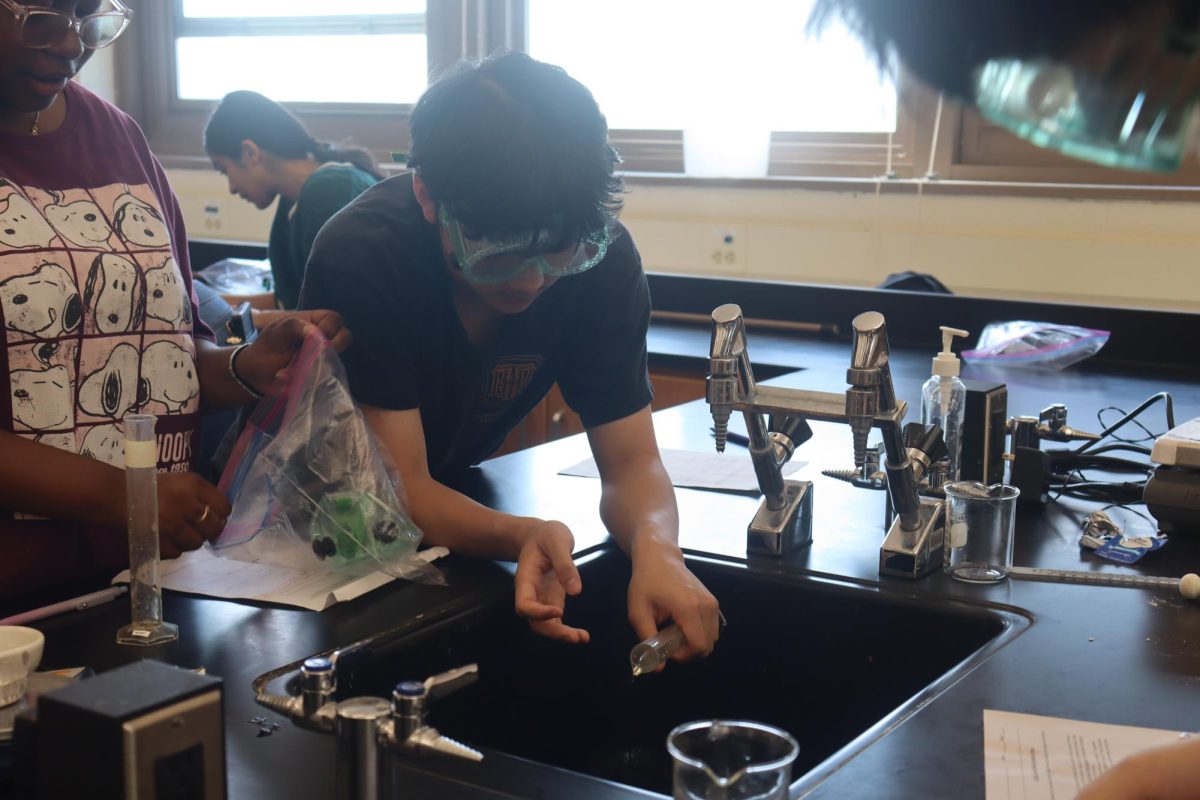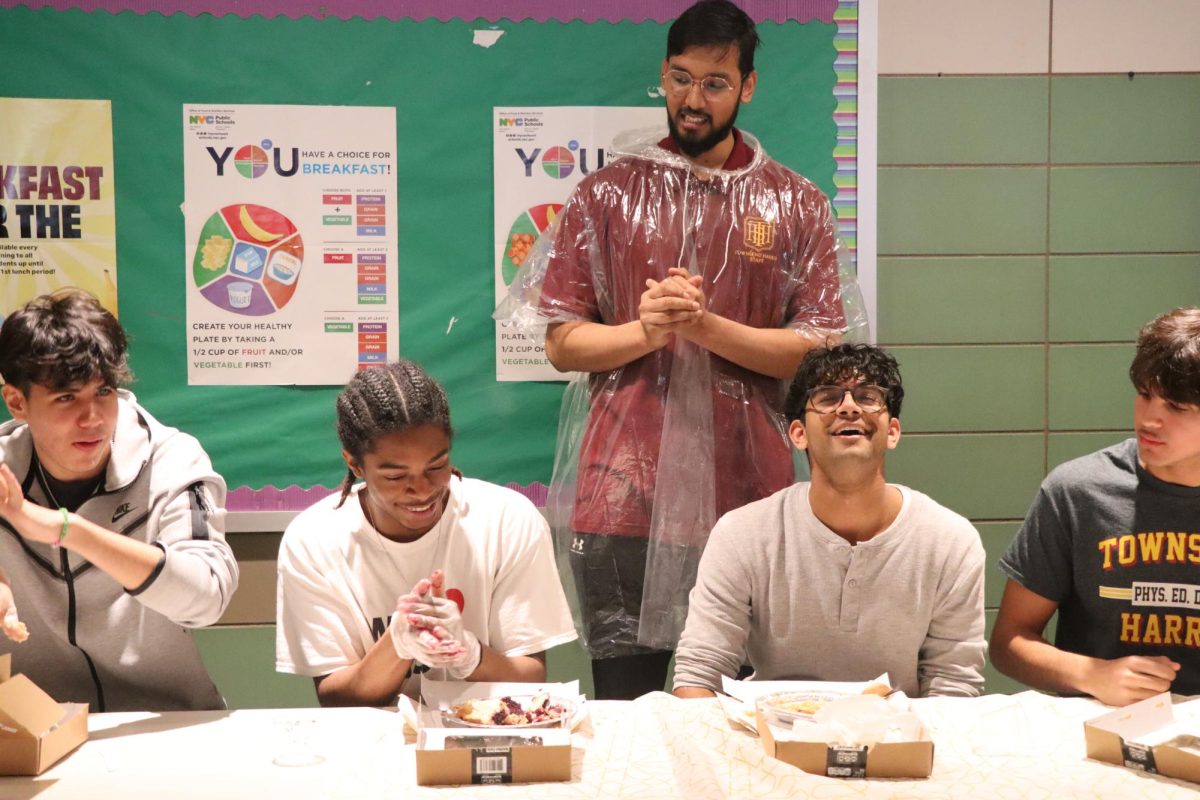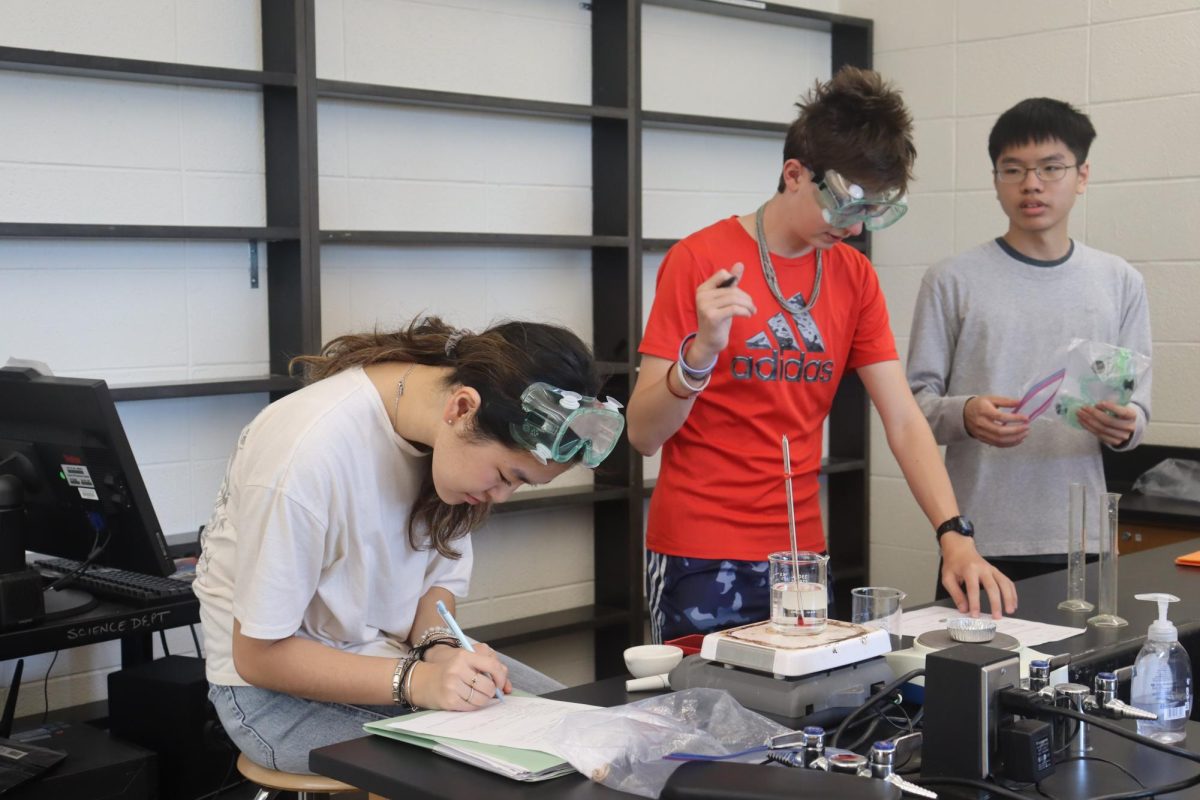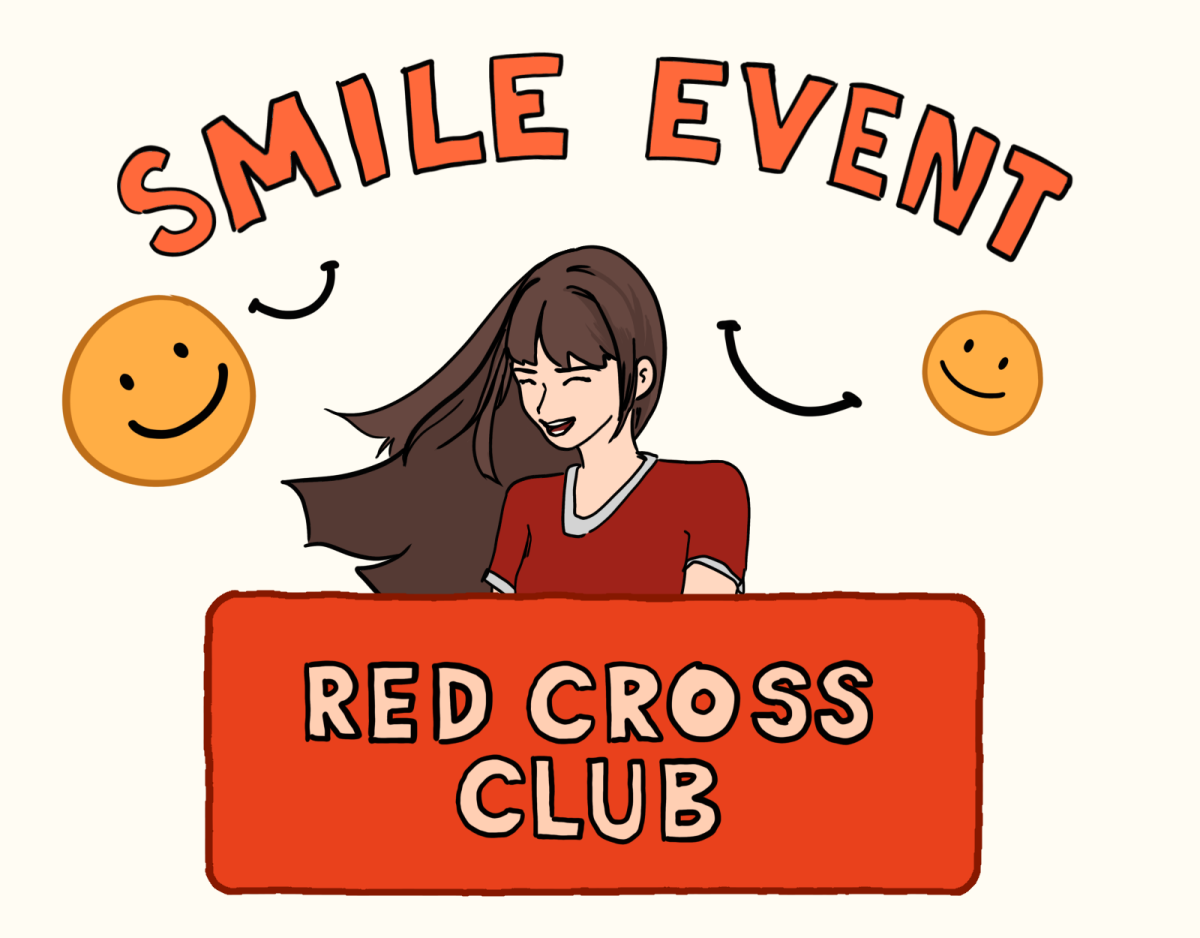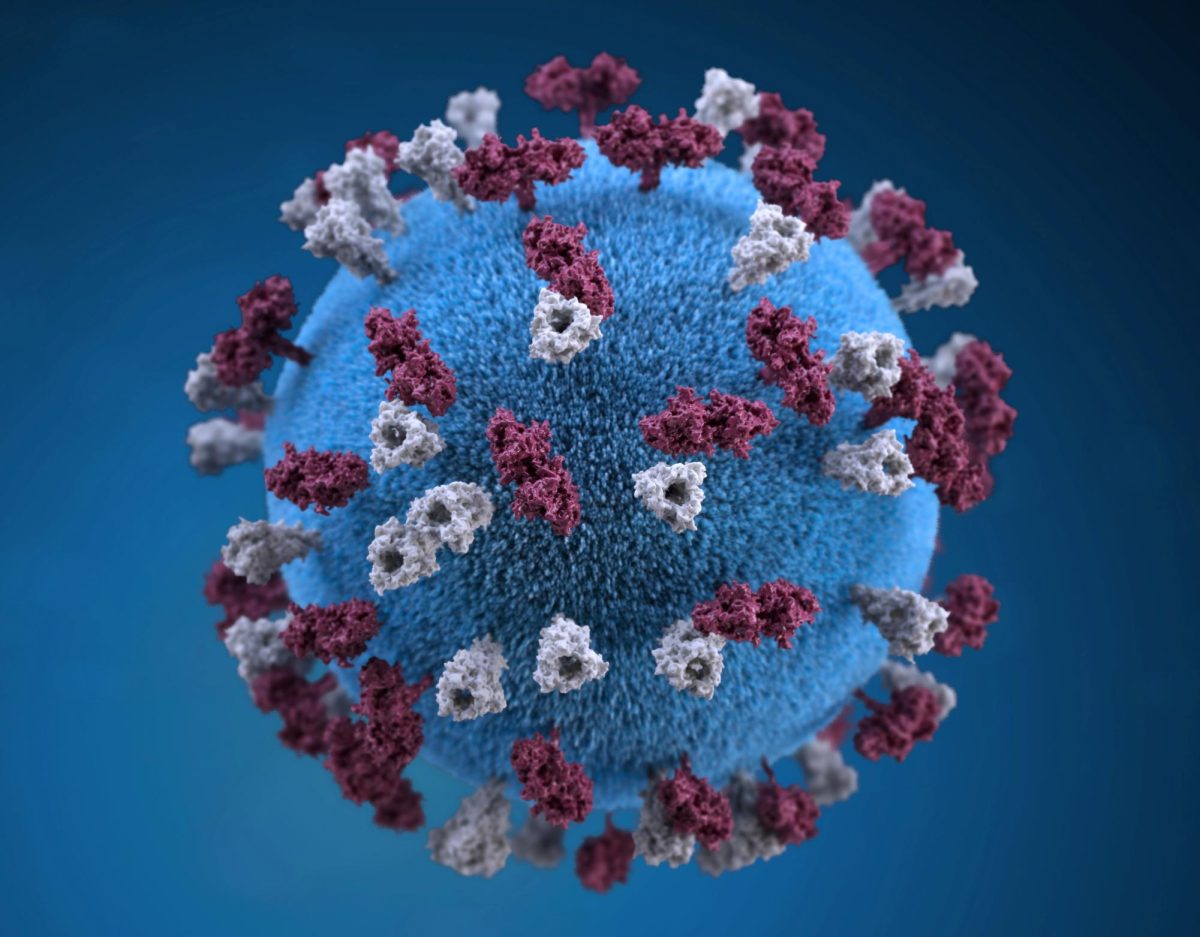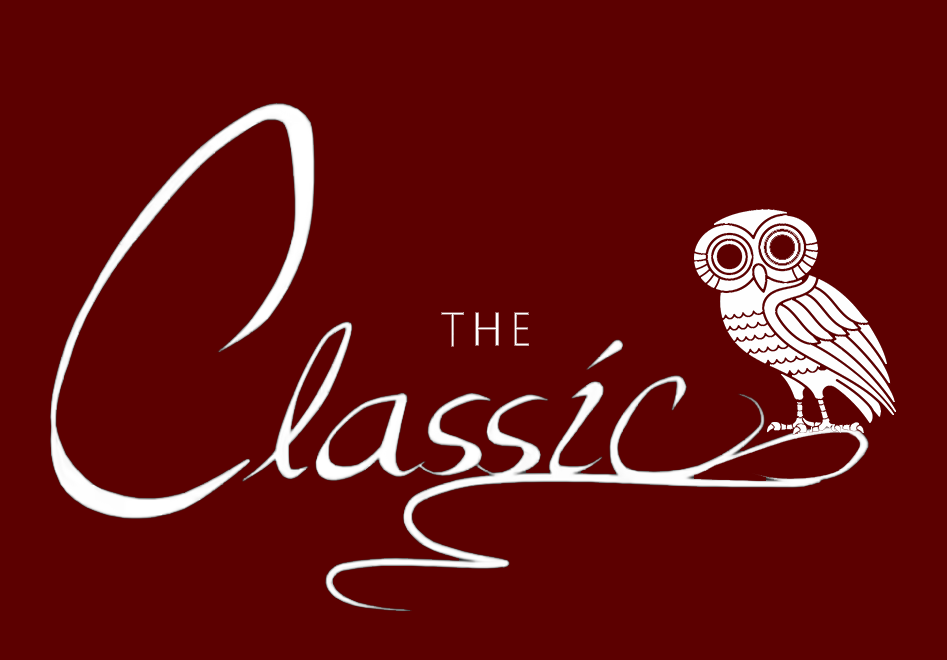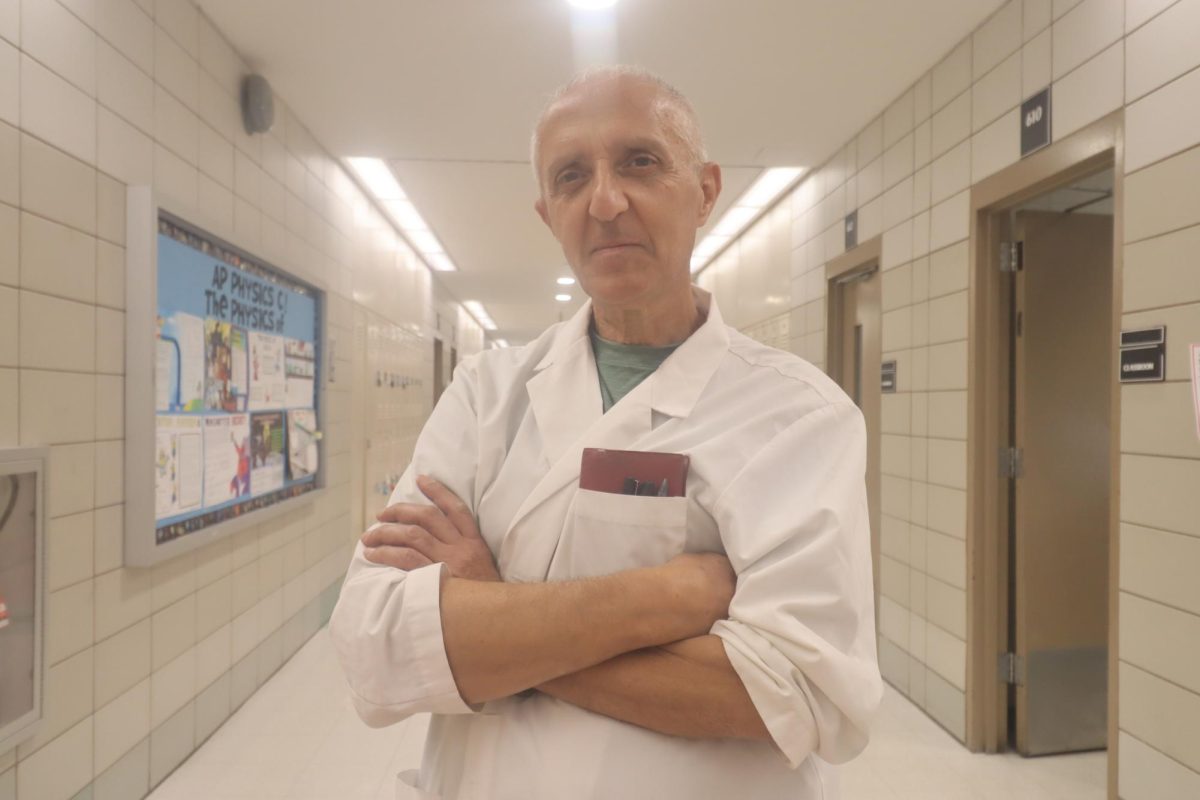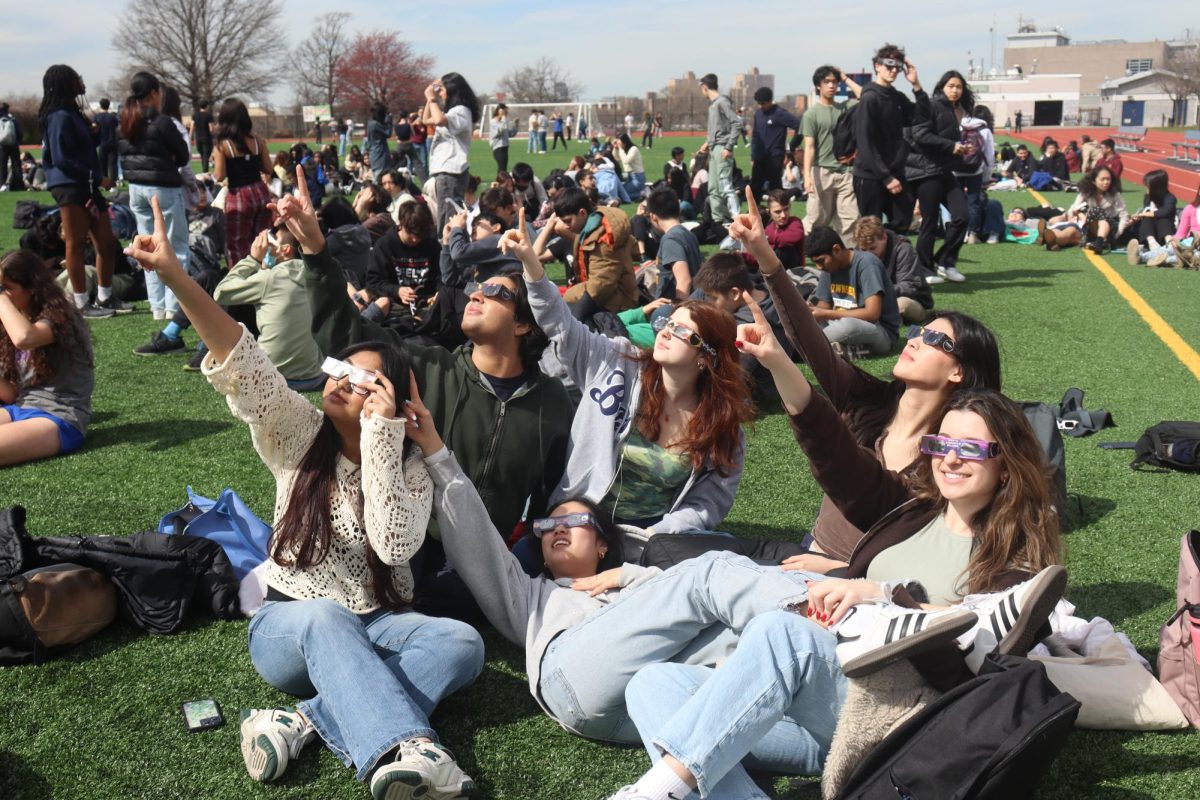
“Science research begins with curiosity and wonder,” said science research teacher Sarah Loew. “Students explore broad areas of interest, conduct literature reviews, and identify gaps or questions that intrigue them.” The course is for students who want to ask real questions and follow them through, just like professional scientists. The Classic spoke to students about their experiences working through this process.
Ishmal Ali, a sophomore who aspires to work in health care, said the program offered more than just another science elective. “I believed that getting experience from a STEM-based research class would be beneficial and would direct me in the right path to continue my interests in science,” she said.
Her research focuses on a question that is relatable to many students: how do natural sleep methods compare to pharmaceutical medications in their effects on memory. Her motivation? She explains, “I know many people our age suffer from lack of sleep or have trouble sleeping. …I wondered how these medications they take are actually affecting them on a neurological level.”
She said the hardest part of the experience so far has been looking for reliable sources. “You need accessible primary resources with actual data. It’s tricky because they’re either missing something or just not reliable.”
Although this is her first year and Ishmal is still in the early stages of her independent research project, she is already thinking long-term. “I hope my project could be published and bring to light how many medications young adults take now can be better addressed.”
By junior year, students are deep into their first fully independent projects. Junior Natalie Tamma, whose work explores genetic factors linked to respiratory distress syndrome in infants, had to shift her focus over time. “I started out wanting to do something on the cerebellum,” she said, “but I realized how complicated that would be, so I moved into studying the lungs, still within pediatrics.”
A class that is more independent has proved to be very challenging, but she said the experience has pushed her. “I’ve grown to learn that this is the whole process—you learn along the way. What comes naturally to me now is understanding how to break down and analyze scientific articles.”
Natalie said she hopes to build another project, possibly on cystic fibrosis or neurological disorders in children, attempting to finish in time for competitions in November during the fall semester. As she approaches her last year in science research, her advice to younger students is “Don’t give up. Even if you can’t get a mentor or things fall through, keep going. It’ll all work out somehow.”
As seniors, students like Yazhi Dai finished their last year in the program, they reflected on how far they’ve come.
Yazhi’s independent research project explores how specific sound frequencies and musical patterns affect neurological activity in individuals with Alzheimer’s and Parkinson’s disease. “I was inspired by both a deep personal curiosity about neuroscience and a fascination with the emotional and cognitive effects of music,” she said. “I began wondering: could certain frequencies help restore cognitive function or delay neurodegeneration?”
Over the course of the three years, her project evolved significantly. “Initially, my idea was broad. I wanted to examine music’s effect on memory. Over time, I narrowed my focus to the effects of particular sound wave frequencies, like 40 Hz gamma waves, and music therapy in neurodegenerative diseases.”
Using data from EEG studies and simulation based experiments, she analyzed cognitive performance before and after music interventions. Learning to interpret brainwave activity and understanding the techniques was one of the most difficult but rewarding parts, she said: “It required learning about frequency ranges like gamma and beta waves, and how music can actually synchronize brain activity.”
She eventually presented her work at fairs: “It was nerve wracking at first, but it became an empowering experience. It taught me how to clearly communicate complex scientific concepts.”
Looking back at her long journey, she’s most proud of how much she’s grown. “I started with a basic understanding of the brain, and I ended up designing and analyzing my own experiment. I stayed persistent through challenges like redesigning my project or learning tough neuroscience concepts.”
Yazhi plans to pursue a career in nursing or medicine, focusing on mental health or neurology. She said she hopes to continue doing research in college, specifically about non-invasive treatments like sound therapy. “This experience confirmed my passion for healthcare and neuroscience,” and “it showed me how science and creativity can come together to help people heal”
As for the future of the course, Ms. Loew said, “We’re looking to expand partnerships with local universities and labs to give students even more access to professional resources and mentorship. We also aim to integrate more interdisciplinary opportunities like projects that blend computer science, environmental science, and bioengineering.”

